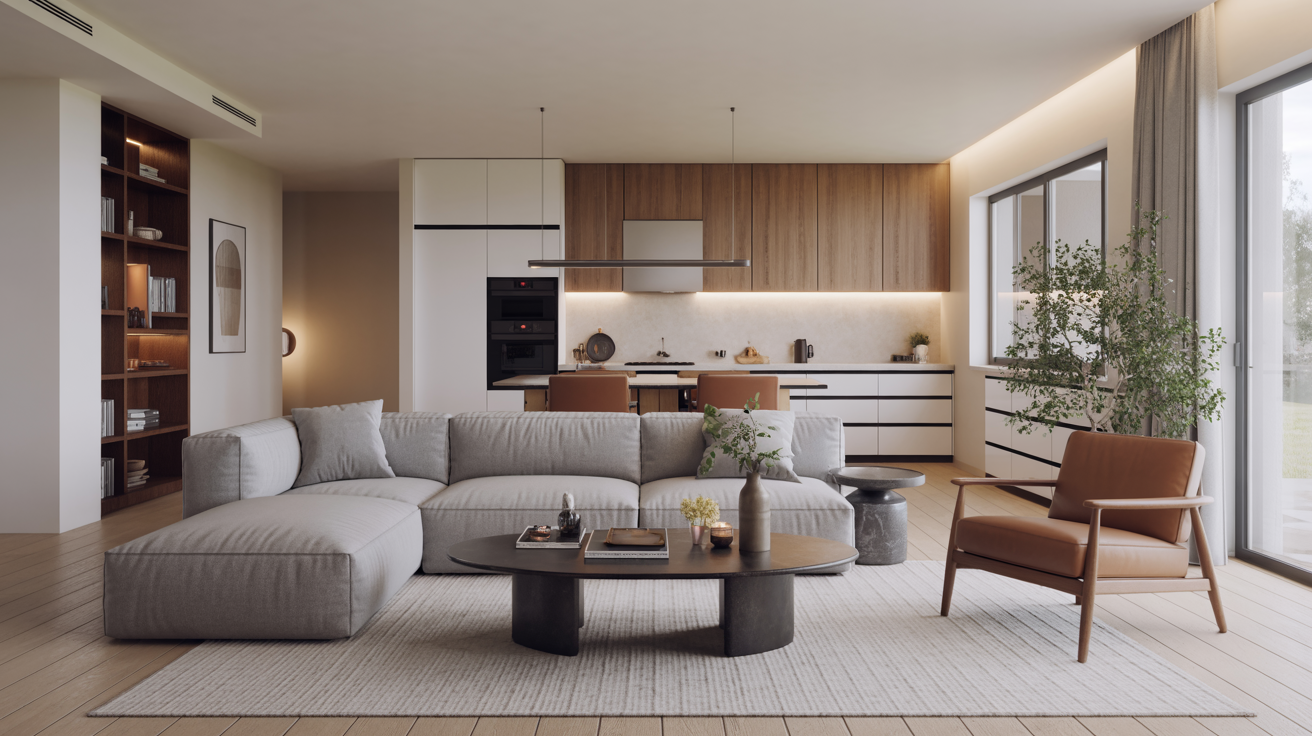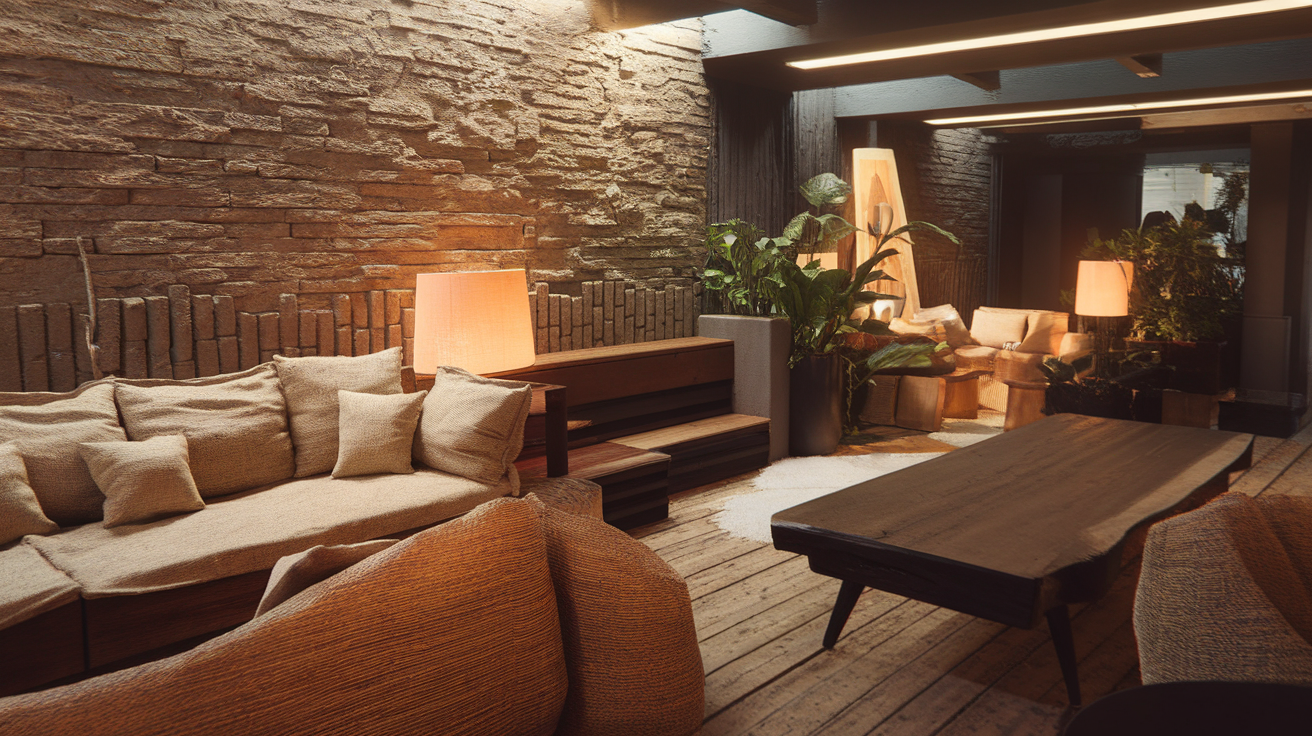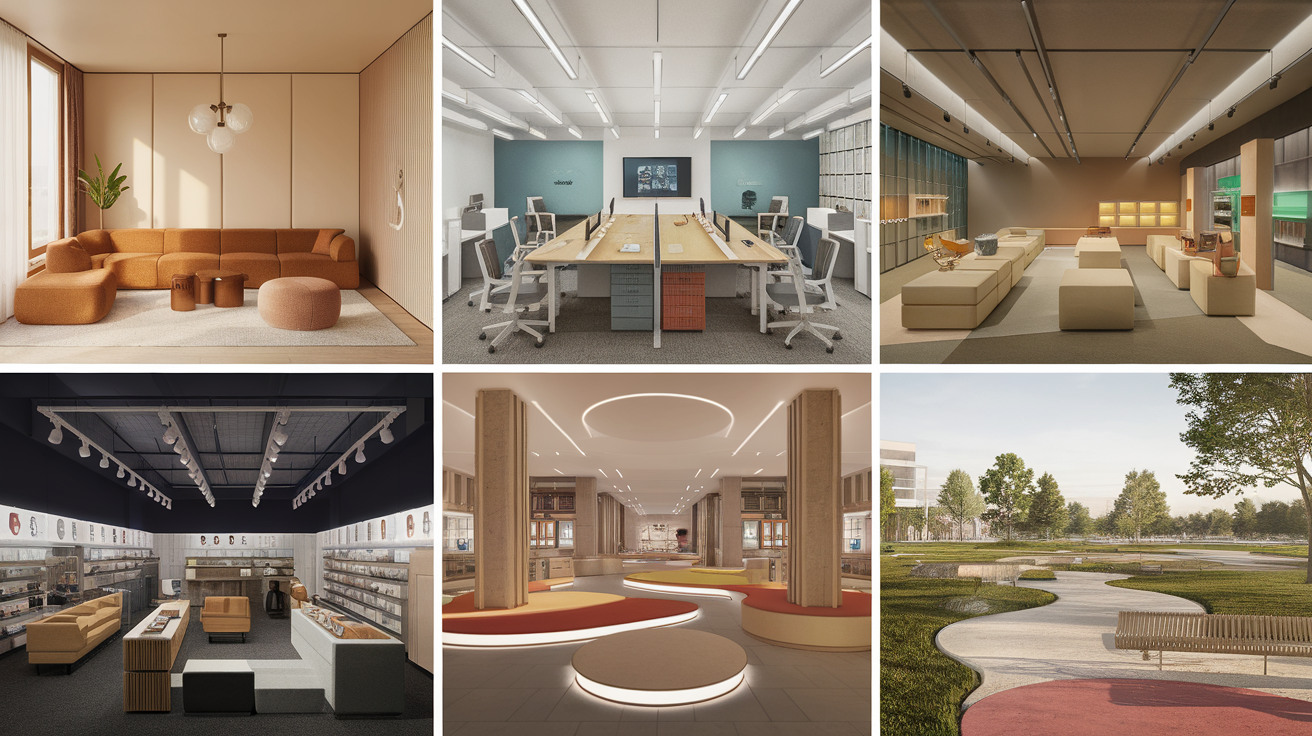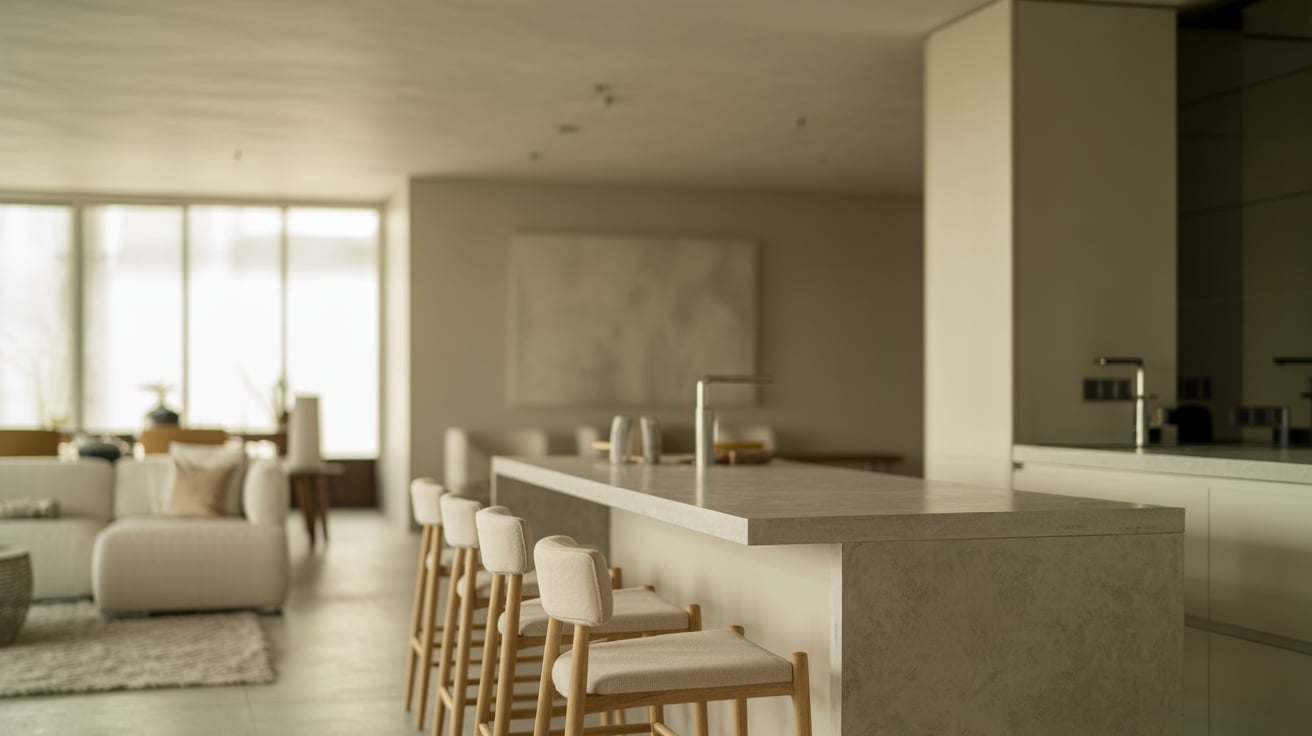I’ve always believed that great design isn’t just about how something looks, it’s about how it feels and works.
That’s where spatial design comes in. It’s the art and science of shaping spaces to guide behavior, mood, and purpose.
From the layout of a small café to the flow of a large museum, spatial design helps make spaces both beautiful and meaningful.
In this blog, I’ll explain what spatial design is, the key principles behind it, and how it’s used in architecture, retail, and urban planning.
If you’re a designer, student, or simply someone who cares about the spaces you live in, I hope this offers a new way to see and think about your surroundings.
What Is Spatial Design?

Spatial design is a broad design approach focused on how people interact with and experience spaces.
It combines ideas from architecture, interior design, urban planning, and landscape design to create environments that are both functional and engaging.
This field looks beyond just aesthetics or structure, considering how people move through and feel within a space.
The goal is to design places that are easy to use, meaningful, and enjoyable—whether those spaces are physical, like buildings and parks, or digital, like virtual environments.
Ultimately, spatial design shapes the way we live, work, and connect with the world around us.
Why Spatial Design Matters?
Spatial design enhances built environments. It creates functional, intuitive spaces that promote well-being and positive experiences in homes, workplaces, and public areas.
- Guides How People Use Space: Spatial design organizes layouts to support easy movement and clear function, improving comfort and usability.
- Improves Accessibility for All: Thoughtful design removes barriers, making spaces inclusive and easy to use for people of all ages and abilities.
- Supports Health and Well-Being: Good design considers light, air, and flow to reduce stress and boost comfort for both body and mind.
- Encourages Social Interaction: Well-planned spaces invite connection, making it easier to gather, talk, and collaborate at home, work, or in public.
- Creates Functional, Intuitive Layouts: Great spatial design balances beauty and use, helping spaces feel natural and easy to navigate.
Difference Between Spatial Design and Interior Design
Spatial design shapes how we move and interact in indoor and outdoor areas, while interior design focuses on style and function inside a room.
| Aspect | Spatial Design | Interior Design |
|---|---|---|
| Scope | Encompasses all types and scales of spaces indoors, outdoors, urban, and virtual | Focuses mainly on indoor environments |
| Focus | How people experience, move through, and interact with space | Aesthetics, functionality, and comfort inside the rooms |
| Disciplines Included | Architecture, landscape, urban planning, interior, digital spaces | Furniture, lighting, color schemes, and materials within interiors |
| Goal | Create holistic, meaningful, and functional spatial experiences | Enhance the beauty, comfort, and usability of interior rooms |
| Scale | From small rooms to entire environments or cityscapes | Typically, individual rooms or buildings |
Core Principles of Spatial Design

Understanding the principles of spatial design helps create spaces that not only look good but also feel right and work well for the people using them. These key principles guide how spaces are planned, shaped, and experienced:
1. Functionality
Every space should serve a clear purpose. Whether it’s a kitchen, living room, office, or outdoor patio, the layout must support how the space is used.
Furniture, storage, and movement paths should all work together to create a practical and easy-to-use space.
2. Flow
Flow refers to how people navigate through a space. A good layout allows for smooth, natural movement without obstacles or confusion.
Clear walkways and strategically placed doors and furniture help people feel comfortable and reduce traffic bottlenecks.
3. Balance
Balance creates harmony in a space. It’s the careful mix of furniture, colors, textures, and empty areas.
A room feels balanced when nothing overpowers the space and everything feels evenly spread, whether the layout is symmetrical or asymmetrical.
4. Scale and Proportion
This principle ensures that everything fits the space properly. Furniture and décor should be proportionate to the size of the room.
For example, a giant sofa in a small room feels cramped, while tiny chairs in a large room feel out of place. Good scale and proportion make the space feel “just right.”
5. Light
Lighting affects mood and function. Natural light makes a space feel open and inviting, while artificial lighting helps support specific tasks and sets the tone.
A mix of overhead lights, lamps, and accent lighting can bring depth and comfort to any room.
Applications of Spatial Design

Spatial design shapes physical and digital spaces to improve function, experience, and emotional connection.
| Environment | Spatial Design Application |
|---|---|
| Residential Spaces | Optimizes home layout to improve flow, maximize natural light, and enhance comfort, balancing aesthetics and coziness. |
| Workspaces and Offices | Organizes zones for focused work, meetings, and relaxation; includes ergonomic furniture and good circulation. |
| Retail and Commercial | Guides customer movement, highlights products, and creates engaging shopping experiences with lighting and displays. |
| Museums and Galleries | Arranges exhibits and visitor flow to enhance storytelling, accessibility, and cultural engagement. |
| Public and Urban Spaces | Balances human activity with natural elements; promotes social interaction, safety, and accessibility. |
| Healthcare Facilities | Improves patient comfort, staff efficiency, and wayfinding through zoning and calming environments. |
| Education Environments | Supports diverse learning styles with flexible classrooms, collaborative zones, and quiet study areas. |
| Virtual and Digital Spaces | Craft intuitive, navigable virtual environments that enhance user experience and engagement. |
| Hospitality and Leisure | Creates inviting atmospheres, optimizes service flow, and enhances guest comfort in hotels and entertainment venues. |
| Transportation Hubs | Facilitates smooth passenger movement, reduces congestion, and improves accessibility and safety. |
Spatial Design in Urban and Landscape Contexts
Urban and landscape spatial design transforms public areas like plazas, parks, and walking trails into vibrant, accessible, and beautiful environments.
By carefully balancing natural features with human-centered elements, it encourages social interaction, promotes inclusivity, and enhances comfort.
These thoughtfully designed spaces foster community connection, support mental and physical well-being, and provide places for relaxation and recreation.
Effective spatial design in urban contexts ensures that outdoor areas are both functional and inviting, enriching the everyday experience of city life for all users.
Future of Spatial Design
The future of spatial design is rapidly evolving with the integration of advanced technologies like AI-driven design tools and virtual reality,allowing designers to create more personalized and immersive environments.
These innovations enable greater precision, efficiency, and flexibility in planning spaces that respond to users’ needs in real time.
Sustainability has become a central focus, with designers prioritizing eco-friendly materials and adaptable designs that minimize environmental impact.
As spatial design continues to blend physical and digital realms, it promises to deliver smarter, more inclusive, and harmonious spaces that enhance human experience while respecting the planet’s resources.
Conclusion
After exploring the principles and real-world applications of spatial design, I’ve come to appreciate how much thought goes into the places we move through every day.
It’s not just about where things go, it’s about how we experience them.
Understanding spatial design can help you make smarter, more intuitive choices, whether you’re designing a room, a building, or an entire public space.
I hope this guide gave you a fresh perspective and some practical takeaways for your projects.
If you’re feeling inspired to start reimagining your spaces or want to deepen your design knowledge, don’t stop here.
Now, enroll in a course, or even sketch your ideas. Do you’ve questions or would you like to share how you’ve used spatial design?
Leave a comment or reach out, I’d love to hear your thoughts and experiences.

